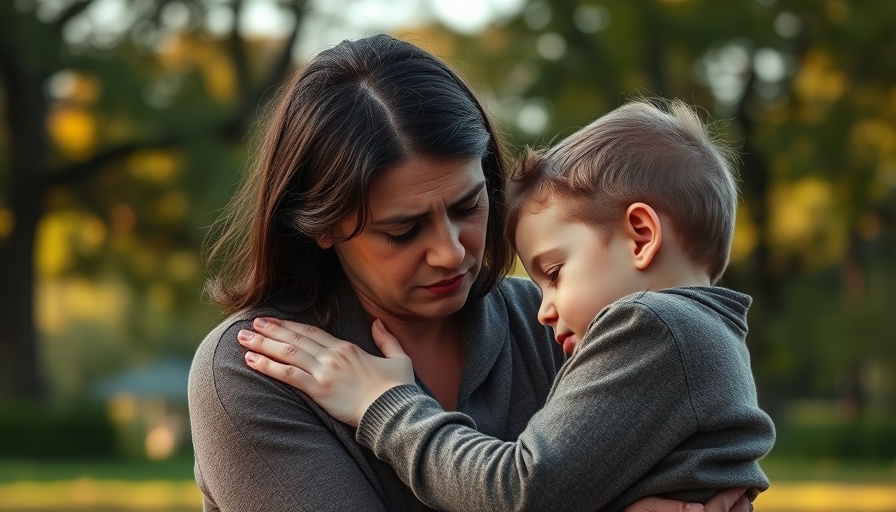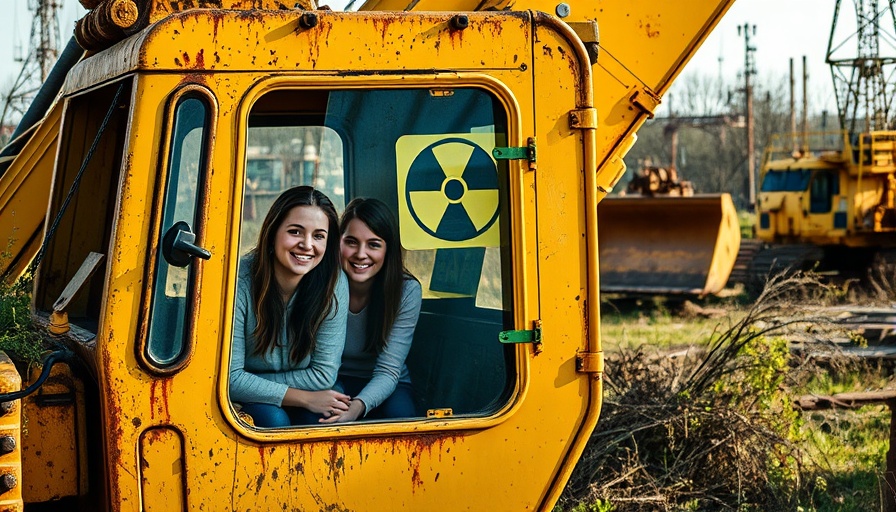
Understanding the Surge in Childhood Anxiety
The mental health crisis affecting today’s youth is alarming. Recent research reveals that 30% of teenagers are grappling with anxiety disorders, a trend linked to factors such as geopolitical unrest and shifts in family structures. As society confronts these rising stress levels, it becomes imperative to take proactive measures for the next generation—Gen Alpha. Schools are at the forefront of this initiative, harnessing outdoor play as a crucial tool for combating anxiety.
Benefits of Outdoor Play for Mental Health
Experts emphasize the importance of outdoor play for children. Engaging in physical activities amidst nature not only elevates mood but also fosters social bonds—a critical aspect of emotional well-being. The Kids Mental Health Foundation highlights that children who spend time outdoors are more inclined to partake in various activities that bolster their emotional health. With children finding enjoyment in unstructured play, they build resilience and learn emotional regulation. Schools can facilitate this by creating engaging, inclusive outdoor spaces.
Creating Inclusive Playgrounds for All
One of the primary steps schools are taking to enhance outdoor play is redesigning playgrounds for inclusivity. Many parents recall playgrounds that were often challenging, especially for children with disabilities. To combat this issue, schools are now investing in playground equipment that is not only ADA-compliant but also encourages participation from all children. Equipped with elements that promote various physical activities, these spaces allow children to connect and thrive together. According to a study, 71% of children engaged in functional play on inclusive playgrounds, illustrating the positive impact of accessibility on mental wellness.
Expanding Playground Footprints: A Community Effort
To address space limitations, many schools are creatively expanding their playground areas. This initiative not only includes school grounds but also extends into the community, fostering partnerships that allow for enriched play environments. By integrating community resources into playground expansion efforts, children gain access to larger, more diverse play areas that can enhance their physical and cognitive development.
Conclusion: A Call for Expansive Change
As understanding deepens about the challenges faced by Gen Z, it’s crucial that Gen Alpha doesn’t follow the same path. Schools play a decisive role in this transition, urging greater access to safe and welcoming outdoor spaces. Through purposeful design and community collaboration, we can turn playgrounds into vital arenas of mental health growth.
 Add Row
Add Row  Add
Add 




Write A Comment